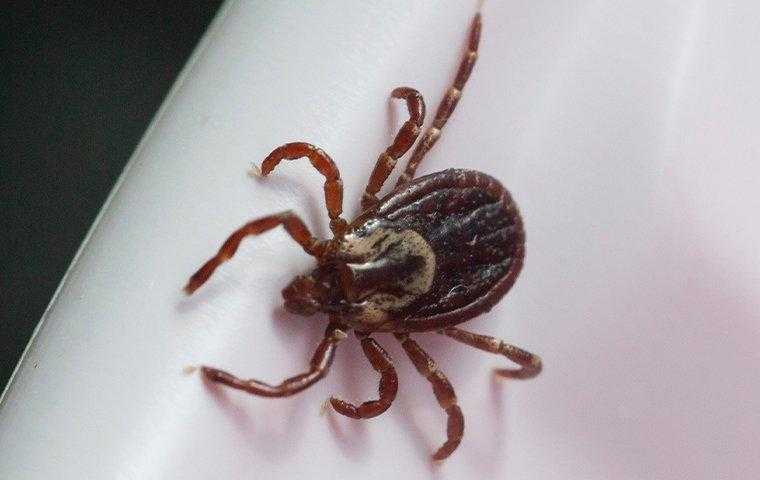Everything El Centro Property Owners Need To Know For Effective Flea & Tick Control
September 15, 2020 - Fleas

When it comes to pests invading your El Centro yard, there are those that are only nuisances - pests of minor annoyance - and then there are pests that pose great threats to the health and safety of people. Two such pests that fall into the latter category are fleas and ticks. These bloodsucking pests are known to spread a number of diseases to both humans and pets. As such, it is important for you to take the necessary precautions to lower the flea and tick populations in your yard. If you are able to do that, you should greatly limit your exposure to the possibility of contracting one of the many bloodborne diseases these pests are known to transmit.
Identifying Fleas & Ticks
Fleas and ticks are very different pests in some regards, but similar in others. One way they differ is in their appearance. Fleas have wingless bodies that are flat on both sides. They have antennae and six legs, the back pair of which are very powerful. This allows fleas to jump onto hosts without the host ever knowing. Additionally, their smooth bodies allow fleas to move through the hair or fur of animals of hosts with ease.
Ticks on the other hand are members of the arachnid family which means they’re related to spiders. They have eight legs and flat oval-shaped bodies. However, their bodies will engorge and often change to a deep reddish-purple color after feeding on blood. Unlike fleas, ticks are unable to jump. Instead, they hang out in dense vegetation and wait for potential hosts to pass through and then climb onto their bodies.
Both of these pests are often brought into our yards on the backs of wildlife. However, if they fall off that wildlife, they will be in search of a new host which could quite possibly be you or your pets.
Threats Posed By Fleas & Ticks
Both fleas and ticks feed on the blood of mammals which includes humans. As such, fleas and ticks spread a vast array of bloodborne diseases as they feed on a variety of hosts. Diseases that are known to be transmitted by ticks and fleas include Lyme disease, anaplasmosis, babesiosis, ehrlichiosis, Rocky Mountain spotted fever, typhus, tungiasis, and tularemia. Additionally, fleas can spread tapeworms, and both can trigger allergic reactions in at-risk people. Ultimately, there are a number of reasons you don’t want either of these pests to bite you. That’s why it’s so important to take preventative steps to keep both tick and flea populations to a minimum around your property.
Tick & Flea Prevention Both Home & Away
As previously stated, fleas and ticks are often brought into yards on the backs of wildlife. As such, removing anything that might attract wildlife to your property is a great first step in tick and flea prevention. To prevent fleas and ticks from invading your yard, you should:
Remove bird feeders from your property.
Store trash in bins with tight-sealing lids.
Pick up any uneaten pet food immediately.
Keep your lawn well-manicured.
Trim back any overhanging vegetation around your property.
Remove all leaf piles and other debris from your property.
Keep woodpiles away from the exterior of your home.
While out in the great outdoors, you should:
Wear long sleeves and pants to protect your skin.
Stick to the center of hiking trails and refrain from venturing into thick brush and vegetation.
Check both your and your pet’s bodies after returning from spending time in the great outdoors.
For More Advice & Assistance
If you have any further questions about tick or flea prevention, or if you are dealing with a tick or flea infestation on your property, contact the trained residential and commercial pest experts here at Imperial County Pest Control today.
Not only will we effectively remove any tick or flea infestation from your home with which you may currently be dealing, but we will also work with you to take the proper steps to prevent future infestations. Give us a call now!
